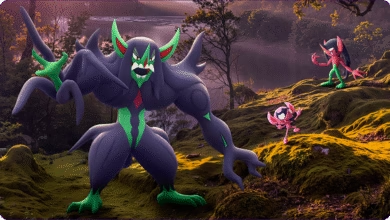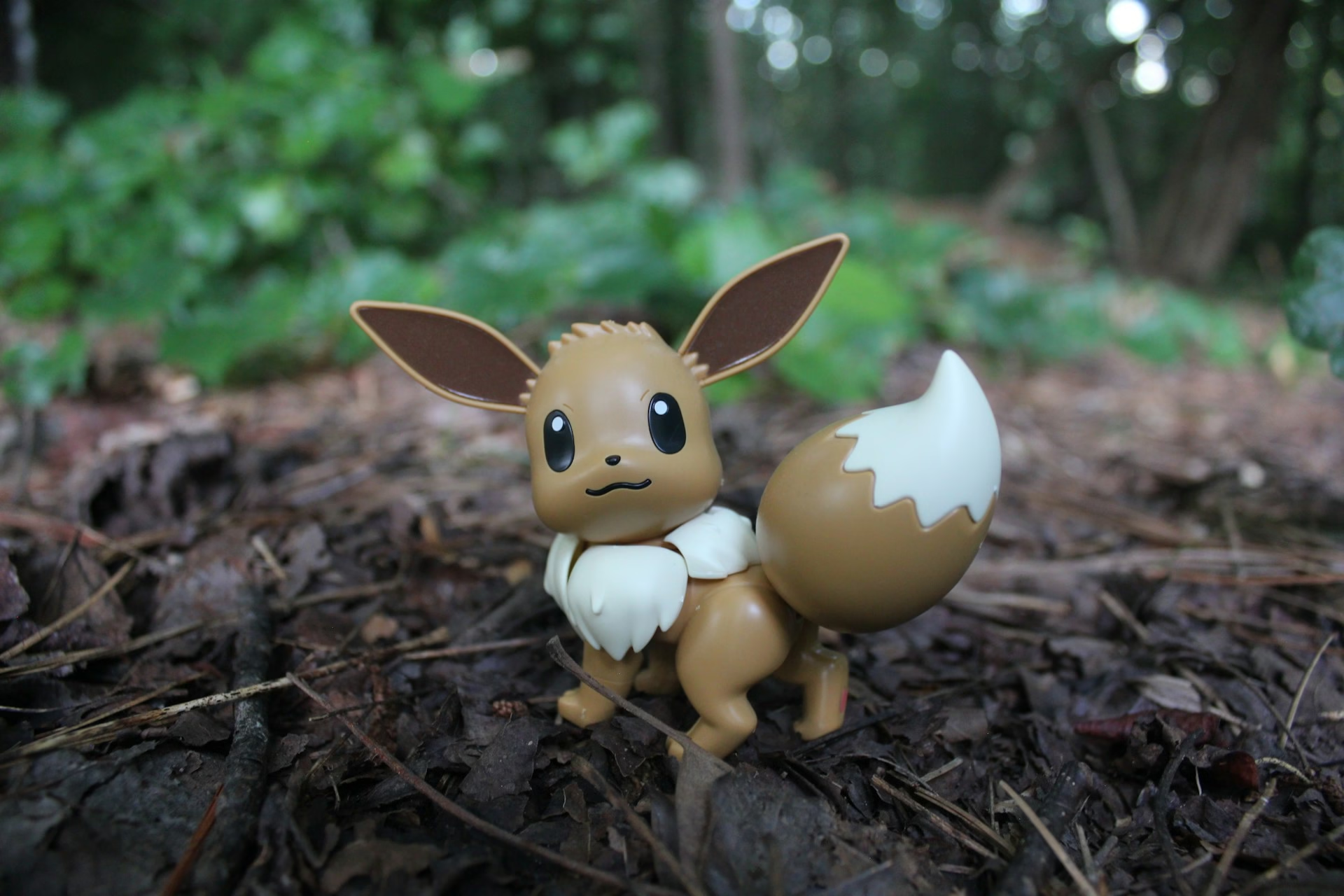The Science of Pokémon in Pokémon GO
There is the art of Pokémon and there is the science of Pokémon. Talking about “the art”, do you know that Rhydon was the first ever Pokémon to be designed? Now, let’s get back to “the science”. These are things that make a Pokémon a Pokémon. These things are the science behind the perfect Pokémon any master trainer can have.
Science of Pokémon
Individual Values
IVs (for short) are stats that dictate the potential of a Pokémon. Every Pokémon’s IVs are randomly generated on catch. Generally, the higher the IVs, the better the Pokémon. In most cases, in PokémonGO you would want to have Pokémon with certain IVs for specific purposes, either for trainer battles (e.g., GO Battle League) or during raids/gyms.
IVs vary from zero percent to 100 percent. Zero percent IVs are commonly referred to as “nundo” while 100 percent IVs are called “hundo“. You can calculate your Pokémon’s IVs via its Attack, Defense, and HP values. A Pokémon with zero attack, zero defense, and zero HP values is a nundo. A Pokémon with 15 attack, 15 defense, and 15 HP values is a hundo.
As you can tell, the attack, defense, and HP values vary between zero and 15. You can have a Pokémon with 8 attack, 2 defense, and 13 HP. This Pokémon will have an IV of 51 percent. This is calculated as follows (8 + 2 + 13)/45 = (23/45) * 100. You can do this manually, like I just did, or use third-party apps that do the math automatically. Hopefully, this may be incorporated into the Pokémon GO app soon.
Pokémon Types
These are the main Science of Pokémon. There are 18 Pokémon-types. These are Normal, Fighting, Flying, Poison, Ground, Rock, Bug, Ghost, Steel, Fire, Water, Grass, Electric, Psychic, Ice, Dragon, Dark, and Fairy. Every Pokémon is either single-typed or double-typed (maybe triple-typed Pokémon in the future?).
Generally, the double-typed Pokémon are versatile in the sense that their weakness based on a type can be minimized by the other type. Talking about weaknesses, every Pokémon Master knows which Pokémon-type is weak to another Pokémon-type. As an example, Ground-type Pokémon (e.g., Groudon) are weak to Water-type Pokémon (e.g., Kyogre).
Pokémon Moves
These are very important Science of Pokémon. This is because you can have a very good Pokémon-type with very bad moves. Bad moves make a great Pokémon useless. There are 18 Pokémon-moves and every Pokémon-type can have a variation of such moves. As an example, Pikachu is an electric-type Pokémon that can have either an electric fast move (Thunder Shock) or a normal fast move (Quick Attack or Present). It can also have an electric-type charged move (Thunder or Discharge or Thunderbolt) or a water-type charged move (Surf). Every Pokémon Master knows which moves they need on their Pokémon to make it a very useful Pokémon.
Pokémon Level
These determine how strong a Pokémon is, either in trainer battles or raids/gyms. Currently, Pokémon level varies from level one to level 50 (or level 51 when it’s a Best Buddy Pokémon currently used as a buddy). A Trainer level determines how high a Pokémon’s level can be. Every Pokémon Master knows what Pokémon level they need for trainer battles or during either a raid or Gym battle.
Combat Power
(CP for short) varies based on a Pokémon’s level. This can be increased by powering up the Pokémon. Every increase (“power up”) in CP increases the Pokémon level by half. Generally, the higher the CP, the stronger the Pokémon. This is, however, not true for all Pokémon. There are high CP Pokémon that are useless in trainer battles or raids/gyms. Don’t blame it on the CP, blame it on the Pokémon-type or Pokémon-moves.
These are the Science of Pokémon in Pokémon GO.





